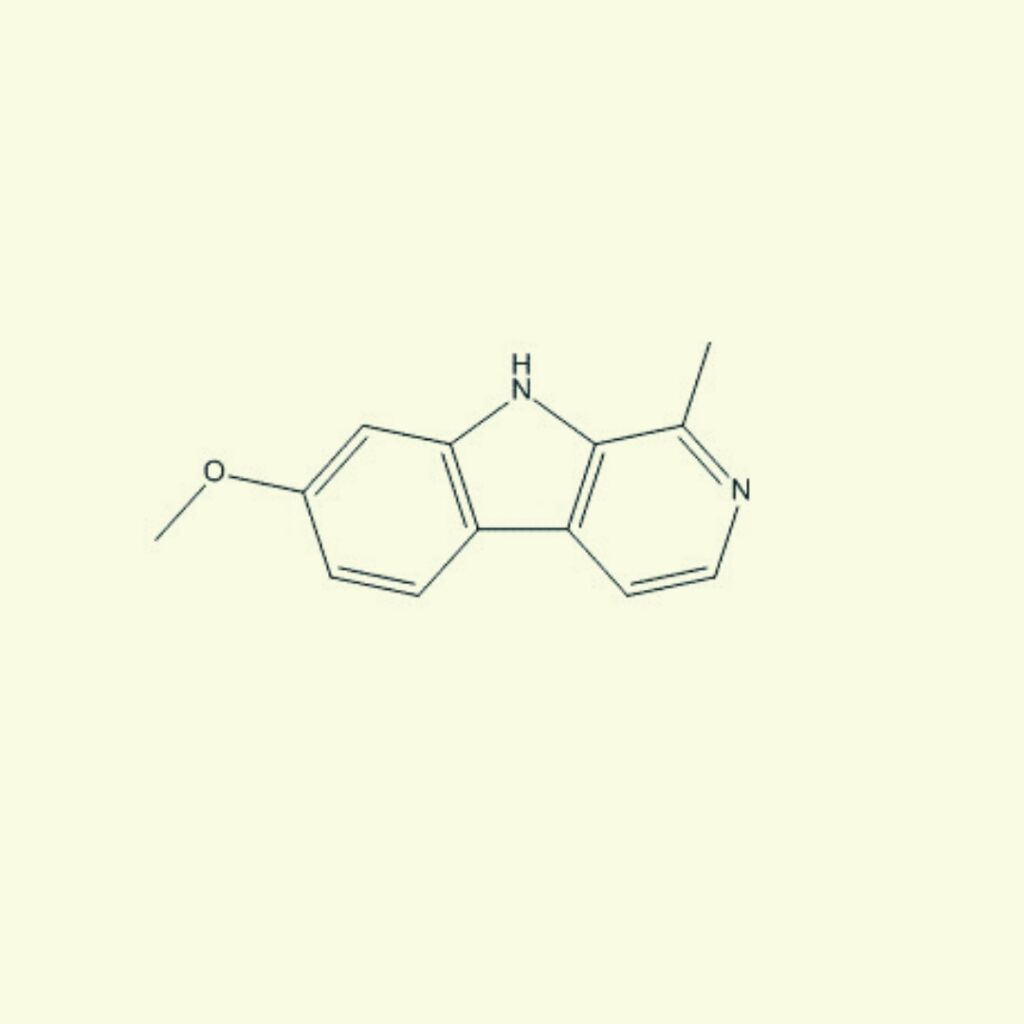Datura, with its trumpet-shaped flowers and robust foliage, paints a serene picture, almost angelic in gardens and wild landscapes. Yet, beneath its beguiling exterior lies a dark narrative, one that has intertwined with human history for centuries, oscillating between its roles as a medicinal ally and a harbinger of delirium and death. This dichotomy places Datura at the heart of a debate: Is it merely an innocent plant, or has it been a tool for evil?
Datura species, part of the nightshade family, have been revered and feared across various cultures worldwide. Its allure lies not only in its physical beauty but also in its potent chemical makeup, containing tropane alkaloids such as scopolamine, hyoscyamine, and atropine. These substances have profound effects on the human body, capable of inducing states ranging from therapeutic anticholinergic properties to powerful hallucinations and, in extreme cases, death.
Medicinal Uses
Historically, Datura has been used in traditional medicines and rituals. Native Americans utilized it for spiritual purposes, seeking visions and otherworldly experiences. In Ayurveda, it’s been used under strict supervision to treat asthma and muscle spasms. However, these traditional uses are a double-edged sword, as the line between medicinal and toxic doses is perilously thin.
The Devil’s Trumpet
The sinister aspect of Datura emerges in tales of witchcraft, murder, and manipulation. In medieval Europe, it was believed to be an ingredient in witches’ brews, used to induce visions or astral projection. More nefariously, it has been employed as a poison, its unassuming appearance belying its lethal potential. Stories from India recount its use by thieves and charlatans, who used Datura to incapacitate their victims, earning it the nickname “devil’s trumpet.”
The modern era has not seen a decline in Datura’s ambiguous reputation. It continues to be a subject of interest for those exploring the boundaries of consciousness but also poses a significant risk to those unaware of its power. Unintentional poisonings are not uncommon, often the result of curiosity or misidentification with less harmful plants.
Spiritual Healing
Yet, dismissing Datura purely as a “tool for evil” would be an oversimplification. Like many substances of power, the intent behind its use dictates its role. In the hands of the knowledgeable and respectful, it can be a key to deep spiritual experiences or a component in healing. Conversely, in the hands of the ignorant or malevolent, it can cause great harm.
The debate over Datura’s identity is emblematic of broader discussions about the nature of plants with psychoactive properties. It challenges us to consider how cultural, historical, and individual contexts shape our understanding of the natural world. Datura, in all its complexity, serves as a reminder of the fine line between medicine and poison, sacred and profane.
Conclusion
Datura’s story is not black and white but lies in the shades of gray in between, embodying the duality of nature itself. Whether seen as an innocent plant or a tool for evil, its significance is undeniably profound, urging us to reflect on the ethical and moral considerations of harnessing the natural world’s hidden powers.




